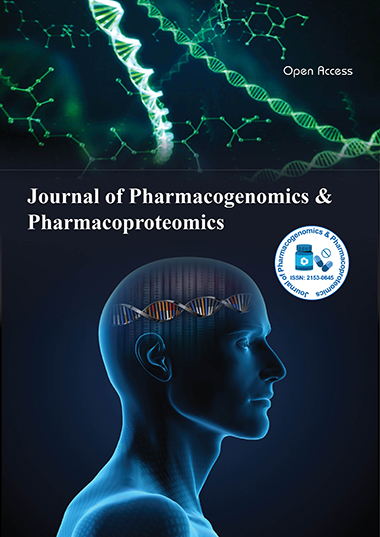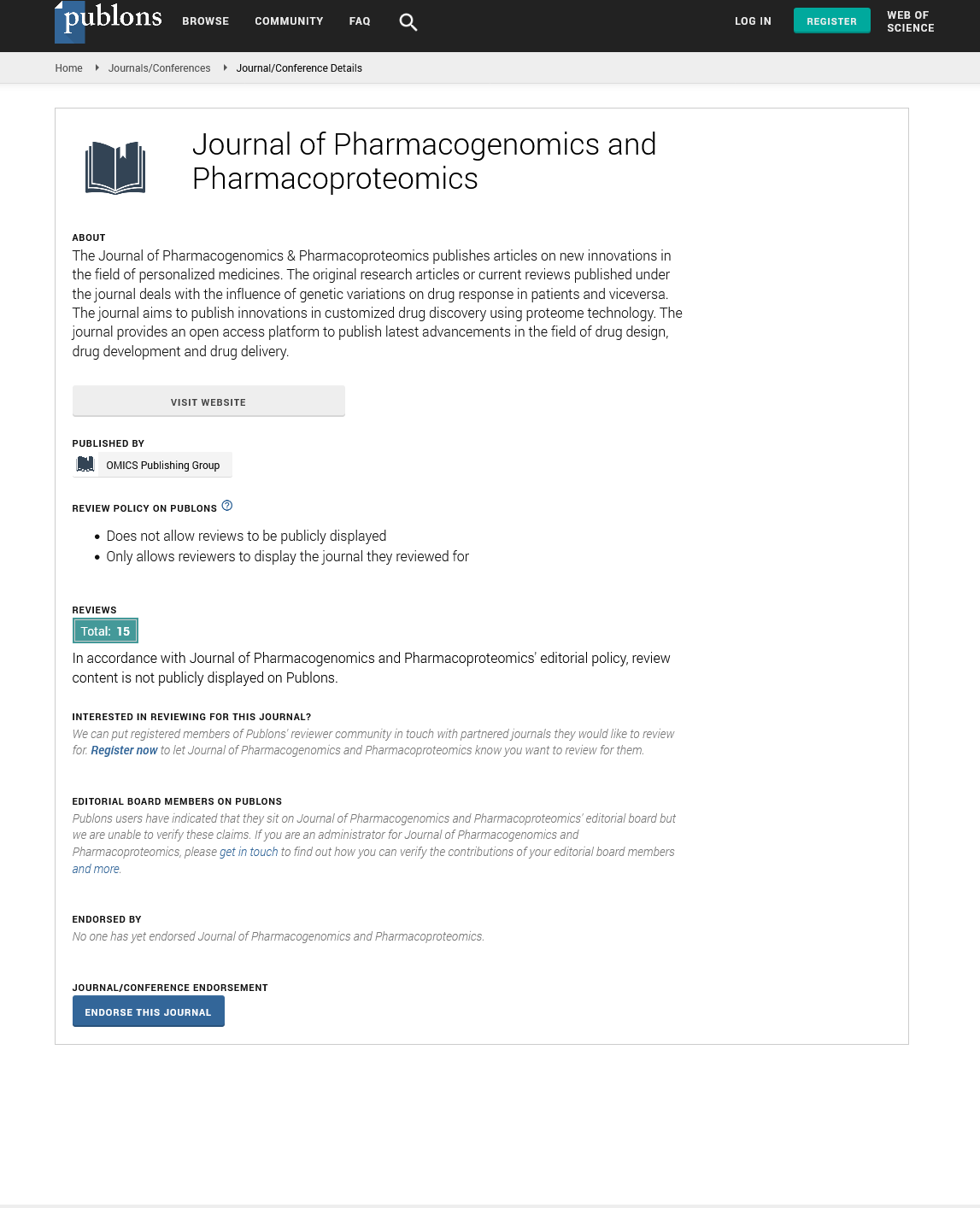Indexed In
- Open J Gate
- Genamics JournalSeek
- Academic Keys
- JournalTOCs
- ResearchBible
- Electronic Journals Library
- RefSeek
- Hamdard University
- EBSCO A-Z
- OCLC- WorldCat
- Proquest Summons
- SWB online catalog
- Virtual Library of Biology (vifabio)
- Publons
- MIAR
- Euro Pub
- Google Scholar
Useful Links
Share This Page
Journal Flyer

Open Access Journals
- Agri and Aquaculture
- Biochemistry
- Bioinformatics & Systems Biology
- Business & Management
- Chemistry
- Clinical Sciences
- Engineering
- Food & Nutrition
- General Science
- Genetics & Molecular Biology
- Immunology & Microbiology
- Medical Sciences
- Neuroscience & Psychology
- Nursing & Health Care
- Pharmaceutical Sciences
Targeted next generation sequencing on Algerian patients with limb girdle muscular dystrophy type 2
JOINT EVENT ON 6th European Conference on Predictive, Preventive and Personalized Medicine & Molecular Diagnostics & 2nd World Congress on Human Genetics
September 14-15, 2017 | Edinburgh, Scotland
Cherrallah A, Hamadouche T, Nouioua S, Tazir M, Mathieu C, Krahn M, Bartoli M and Benhassine T
University of Science and Technology Houari Boumediene, Algeria
Université Blida 1, Algeria
University M'Hamed Bougara Boumerdes, Algeria
CHU Alger Centre, Algeria
Hospital Timone, France
Université de la Méditerranée, France
Posters & Accepted Abstracts: J Pharmacogenomics Pharmacoproteomics
Abstract:
Limb girdle muscular dystrophies type 2 (LGMD2) represent a large group of heterogeneous inherited muscle disorders. At present, the spectrum of these myopathies extends to more than 20 diseases. They are characterized by a high molecular heterogeneity, clinical overlaps, but a paucity of specific biomarkers. Indeed, even by critical clinical evaluation and muscle biopsy analyses, diagnosis is still difficult. To potentially remediate this difficulty, we applied targeted next generation sequencing technology to analyze 306 neuromuscular disorders associated genes. For this purpose, we studied 18 patients from five families presenting LGMD2 phenotype with ambiguous features for some patients. Putative pathogenic mutations were confirmed by Sanger sequencing. The data analysis of next generation sequencing done for the selected families allowed us to identify the putative causative molecular alterations in every family. Indeed, six different homozygous mutations were selected: 3 in the DYSF gene (c.5509G>A_p.Asp1837Asn, c.2643+1G>A et c.1834C>T_ p.Q612X), 1 in the LAMA2 gene (c.8244+1G>A), 1 in the GMPPB (c.458c>T_p.Thr153Ile) gene and 1 in the CPT2 (c.338C>T_p.Ser113Leu) gene. All these variants correlated well with the clinical features. Our result showed the accuracy and efficiency of next-generation sequencing in gene diagnosis of genetically heterogeneous diseases. It also demonstrated the usefulness of this approach in studying genes that would have been difficult to suspect following a clinical examination.
Biography :
Benhassine T is currently working at University of Science and Technology Houari Boumediene, Algeria.

